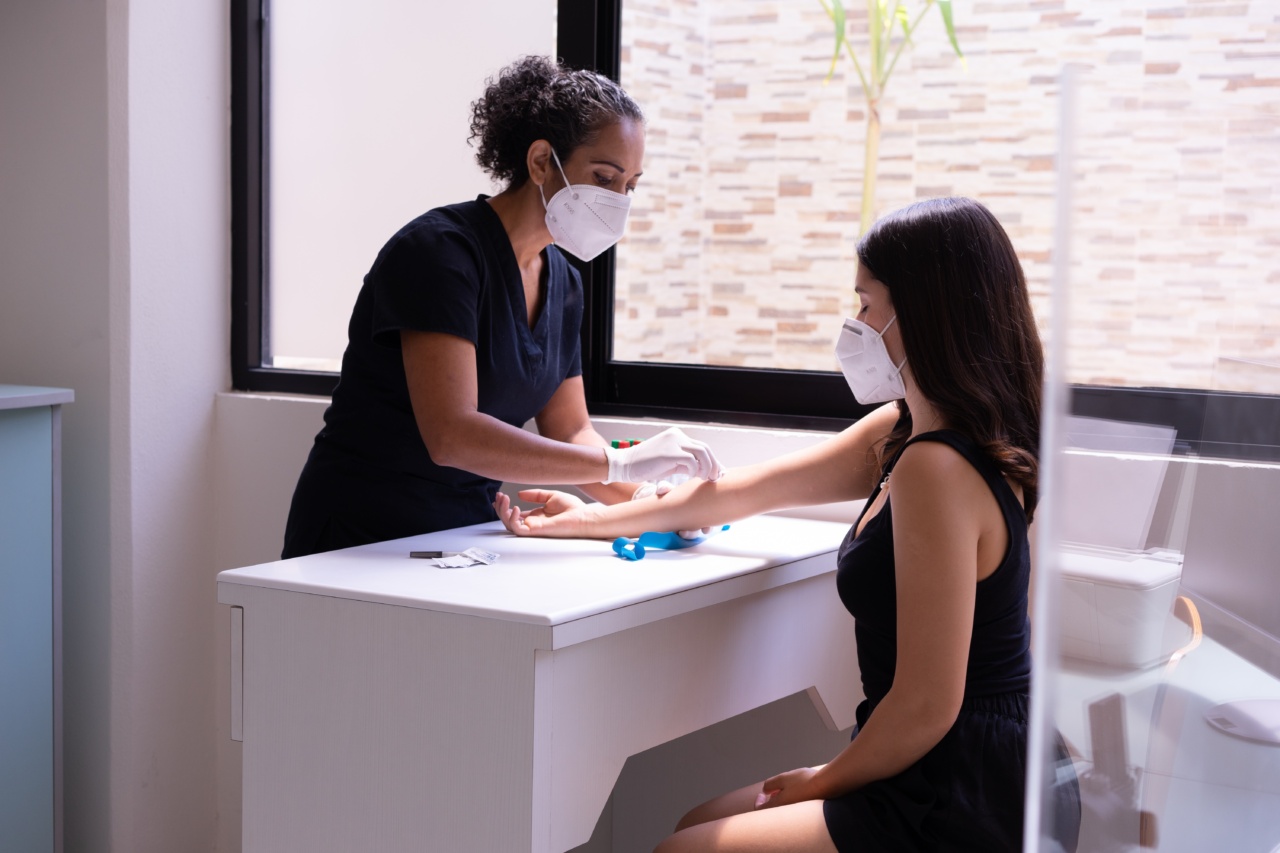Human papillomavirus (HPV) is a common sexually transmitted infection (STI) that affects both men and women. More than 100 different types of HPV exist, of which around 40 types can affect the genital area.
Some types may lead to serious health issues, including cancer of the cervix, vulva, vagina, anus, penis, and oropharynx.
HPV-DNA test: What is it?
The HPV-DNA test is a genetic test that detects the presence of HPV in cervical cells. It is different from a Pap test or a visual exam, which can detect abnormal cells but not the virus itself.
The test identifies the presence of high-risk HPV types that are likely to cause cervical cancer. It is advised to women who are 30 years and older or to women who have had abnormal Pap smears.
How is the HPV-DNA test performed?
The HPV-DNA test is performed in the same way as a Pap test. During a pelvic exam, a healthcare provider collects cells from the cervix using a small brush or spatula. The cells are then sent to a lab where they are analyzed for the presence of HPV DNA.
The results of the test take a few days to a few weeks to come back, depending on the laboratory.
Why is the HPV-DNA test important?
The HPV-DNA test is important because it can identify high-risk strains of HPV that can lead to cancer. Early detection of HPV can help prevent the development of cancer.
If the test is negative, it means that the woman is not infected with the high-risk strains of HPV and is at low risk of developing cervical cancer.
What are the benefits of the HPV-DNA test?
The HPV-DNA test is more effective than a Pap test in detecting high-risk strains of HPV. A negative HPV test result is a strong indicator that cervical cancer is not present or developing.
A positive result can help detect the virus early on, allowing for early treatment and preventative measures, such as the HPV vaccine, to be taken to lower the risk of developing cervical cancer.
Who should get an HPV-DNA test?
It is recommended that women over the age of 30 years and who have not been screened within the past three years, receive an HPV-DNA test as part of cervical cancer screening.
Women under 30 years of age should be screened with a Pap test every three years. Women who have had abnormal Pap tests may also benefit from an HPV-DNA test.
What happens if the HPV-DNA test results are positive?
If a woman’s HPV-DNA test results are positive, it indicates that she is infected with one or more high-risk strains of HPV. However, a positive result does not mean that she has cervical cancer.
It is important to note that most HPV infections go away on their own without causing any health problems. If the woman has a positive HPV test result, her healthcare provider may recommend further testing or treatment, such as a colposcopy or biopsy.
How is the HPV vaccine related to the HPV-DNA test?
The HPV vaccine is a preventative measure that can lower the risk of developing cervical cancer by protecting against the high-risk strains of HPV that cause cervical cancer.
The vaccine is recommended for preteens and young adults before they become sexually active. The HPV-DNA test is not a substitute for the vaccine, but it is a useful tool for early detection and prevention of cervical cancer. Women who have been vaccinated should still be screened regularly with the HPV-DNA test or Pap test.
What are the risks of the HPV-DNA test?
The HPV-DNA test is a simple and safe procedure. There is no risk of serious complications. However, like all medical procedures, there is a small risk of infection or bleeding. Some women may experience mild discomfort or spotting after the test.
Conclusion
The HPV-DNA test is an important tool for the early detection and prevention of cervical cancer. Women over the age of 30 years or women who have had abnormal Pap tests are advised to undergo the test as part of cervical cancer screening.
A negative result can provide peace of mind, while a positive result can allow for early treatment and preventative measures. The HPV-DNA test, along with the HPV vaccine, can help reduce the incidence of cervical cancer.






























